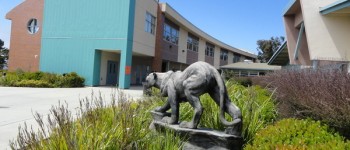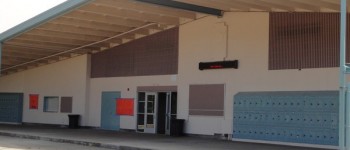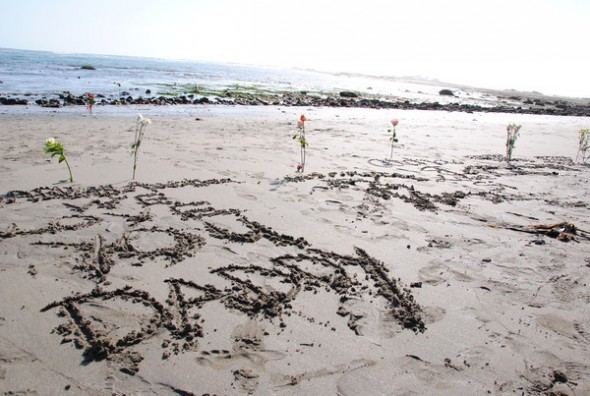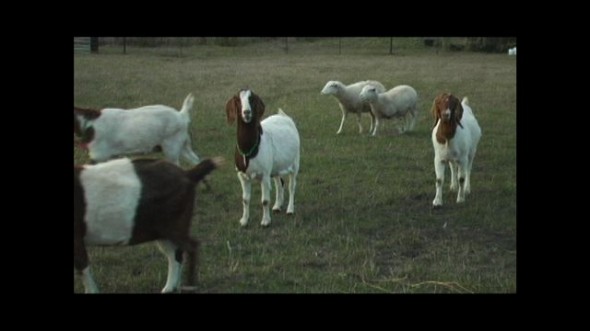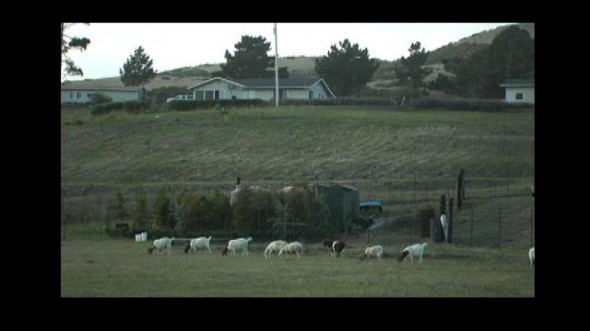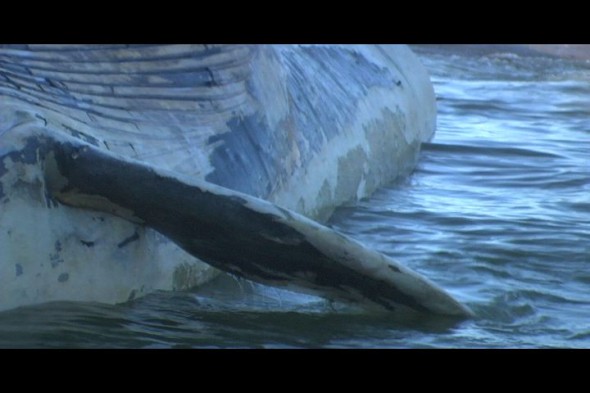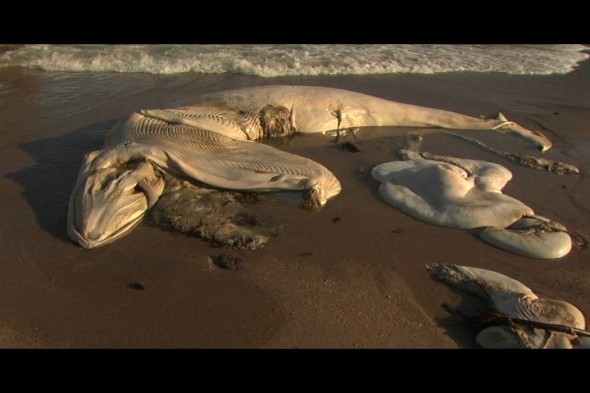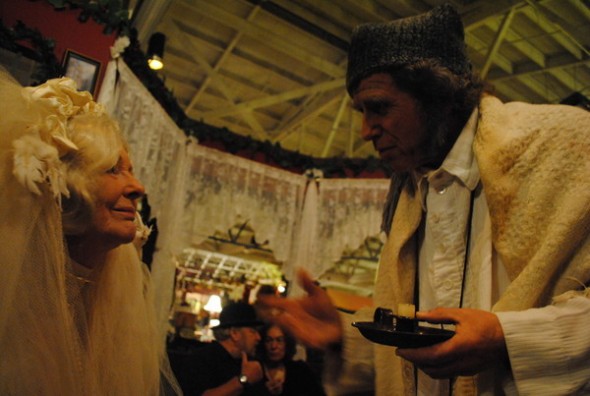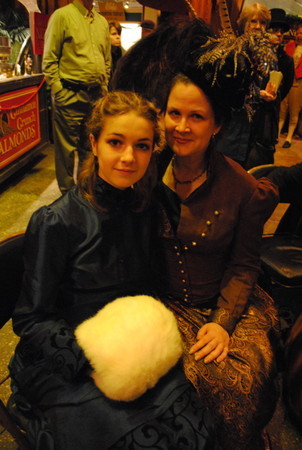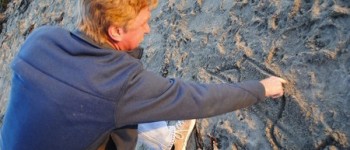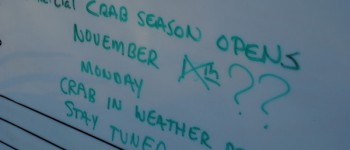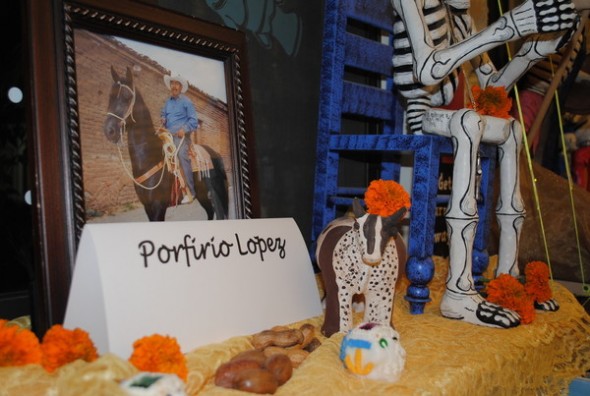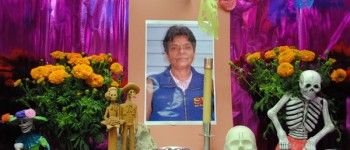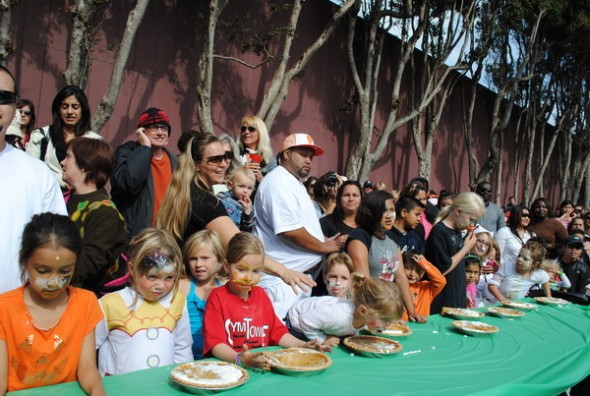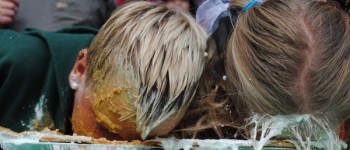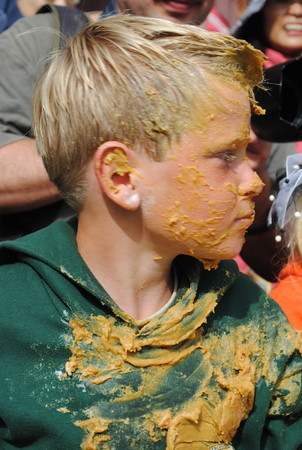photos and story by KRISTINE WONG
The first time Amie Kim heard traditional Korean drumming, the beats went straight to her heart. At 20 years old, the Korean adoptee — raised in the Minneapolis suburbs since the age of two — had never been exposed to Korean culture before.
As she watched and listened to the Korean drum troupe perform that night 14 years ago, her throat swelled. She remembers that the sound vibrations created a feeling in her heart that she could only describe as a mixture of sorrow, anger, loss, and longing. Somehow, she thought, I’ve heard this music before.
“It made me cry,” she says. “It sent chills through me.” The sounds, she says, fed her spirit. “The drumming helped me to feel whole, especially since my life had been rootless and tumultuous.”
“I knew at that moment,” she says, “that I wanted to learn how to drum.”
A year ago, Kim, 34, took her first Korean drumming class in the Bay Area and was hooked. “Drumming has connected me with Korean language and culture, because music is a language of its own,” the Oakland resident says, during a break from a Pungmul class in Oakland Chinatown’s Asian Cultural Center (OACC), her drum at her side.
Ten minutes later, Kim is back in action, tying the cloth straps of her jangoo – or hourglass drum – behind her back allowing her to strike the drum on both sides. Jangoo drums, with surfaces made out of cows’ skin stretched taut on the top and bottom, are connected by an hourglass-shaped piece of poplar wood carved hollow in the middle. The top and bottom surfaces are tied together by white ropes at several points along its circumference. Drummers can tighten or loosen the ropes depending on how resonant a sound he or she wants to achieve.
“Ready?,” says the teacher, veteran drummer and OACC artist-in-residence Dohee Lee, 33, as the students regroup. Demonstrating several variations of the one-two count rhythm (whimori) and bending one knee at the count, her head also following the beat – Lee brings a small bounce and kick to her feet as she drums. “Your body is a metronome,” she tells the students, gesturing its back-and-forth rhythm with her hands.
“Do four of these,” she says, referring to the rhythmic pattern she demonstrated a moment ago. At Lee’s signal, the four students – all in their twenties and thirties – make it look easy, hitting their drums not only simultaneously and in perfect rhythm, but moving as they drum into a choreographed piece that has them coming together in pairs, moving outward, and crossing paths like a marching band.
While count one is struck on the top of the drum, count two is struck at the bottom –producing two low and hollow-sounding distinct pitches. The alternating pitch of the beats creates a driving, chant-like cycle of rhythms that starts slowly, then increases in tempo and volume.
As the insistent and demanding sounds reverberate through the room, the students become immersed in the sound of their own drums and the turning and rising of their own feet as they maneuver between each other. Their movements are fluid and graceful, yet filled with purpose and determination.
As the crescendo reaches its climax, Lee and the students mark the moment by spinning simultaneously, then punctuating the final notes of the cycle with a quick repetition of definitive and powerful beats.
Lee surveys the students, all of them breathing hard from the exertion. “When you approach each other in pairs, I want more tension,” she says. Her voice is firm, yet kind. “A little bit more aggression,” she says. “You know – arrrgh!” She waves her drumsticks in the air.
Lee’s push for tension comes from the fact that Koreans use Pungmul as a form of protest music. Centuries ago, villagers would drum songs while yelling out spirited words of encouragement so that the farmers would keep up their energy when planting, tending, and harvesting crops. “Pungmul has always been working class music,” Lee says.
The form was revived in the 1970s by the student and labor movements in Korea, and has continued to build the morale and energy of these movements to this day. “Today Pungmul is performed in Korea and the U.S. at cultural events or at political protests,“ she says, as at the Prop. 8 protest held earlier this month in San Francisco.
Lee, 33, immigrated six years ago from Korea, where she studied traditional dance. An aficionado of heavy metal music, she had played the drums at home and dreamed of being in a rock band – but never looked back after experiencing a Korean drumming performance in college. “I caught the rhythm really fast,” she says. “I thought ‘This is it –this is better than dance or heavy metal,’” she says.
Lee says that her students represent the reasons why Koreans of many generations in the U.S. are attracted to traditional drumming. “Korean Americans want to learn to drum because they want to know more about their culture and identity,” she said. “Korean immigrants take classes because they want to be in a Korean cultural environment – they are in their 40s, 50s, and 60s,” she says, referring to students within three of the other classes she teaches.
Yeri Shon, 26, sees herself in the middle of both groups. Arriving in the U.S. at age 8, Shon was immersed in Korean culture and language at home, but also became fluent in English and American customs as she grew up. After four years of drumming, she credits the activity with allowing her to become more expressive, as well as increasing her confidence. “My dad says that it’s improved my singing ability and rhythm as well,” she jokes.
Shon muses about the spiritual sides of drumming. “When I play drums I feel something coming up inside me,” she says. “It’s kind of like a chi, spirit, or energy trying to come out.”
Lee created the students’ choreographed moves for a show they will perform in the 2009 Lunar New Year celebration at the OACC. This year’s Lunar New Year show, compared to those in the past, will be different, as the Korean Youth Cultural Center (KYCC) drumming group will be noticeably absent.
KYCC, a Korean youth activist organization, sponsored drumming classes for almost twenty years, but shut down its drumming classes in the past year, due to lack of enrollment. The organization rents a gathering space on Telegraph Avenue in Oakland’s Temescal neighborhood. Since its founding in 1987 by a group of Korean international students at UC Berkeley, the organization quickly became the center of cultural and political activity by holding events in support of the South Korean pro-democracy movement, and offering classes in native arts such as folk songs (minyo), mask dance (tal chum), painting, woodblock prints, and calligraphy. But due to a lack of funds and community members to fill its classes, it will be vacating its space next month.
Though the organization may be closing its doors on Telegraph Avenue, says Elisa Ghang, KYCC’s immediate past development director, KYCC is still fighting to survive. “It’s in a transition period – the members are just trying to figure out what the next step is.”
“I think people dropped out of the KYCC drumming group because another group was formed at UC Berkeley,” says Kent Hong, 24, one of the students attending the class. “Since most of the KYCC students came from Berkeley, the organization tried recruiting others in the area, but there is no residential Korean population in Oakland to draw from, just business owners who live outside the city.”
Hong, a senior music major at UC Berkeley, is studying Korean percussion, and hopes to earn graduate degrees in both the U.S. and Korea. While drumming at KYCC may be in limbo for now, Hong says, he emphasizes that there are at least other 30 Korean drumming groups in the U.S., with at least half of them comprised of groups on college campuses.
Today, Kim is the coordinator for Sister Sound (called Jamaesori in Korean), a drumming group comprised of Korean American women activists. Though she has her frustrations with trying to memorize complicated rhythms and routines mostly taught in Korean, she seems at peace with the learning process -– and herself. “After fifteen years of exploring what it means to be a Korean adoptee and an Asian American, I can finally understand what it feels like to be a real Korean, because all music transcends language. When I’m really into a piece that I feel confident with, I don’t have to qualify my Korean-ness with a hyphen or an acronym. I can just be Korean.”
Lee is more direct. “It’s your heartbeat,” she says, referring to the drumming. “You can’t live without your heartbeat.”
________________________________________________________
This story was originally published on November 22, 2008 at Oakland North.
